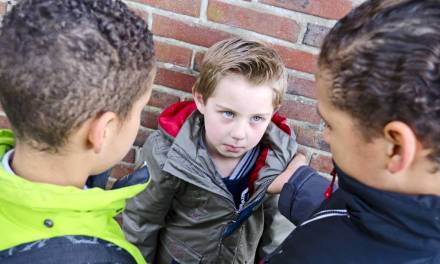1. Safe havens/drop-ins
Creating safe spaces, perhaps manned by learning mentors, empathetic staff members or even older members of the student cohort can provide a place that feels safe and supportive for students who are about to ‘blow’.
A system can be agreed in advance with students likely to use such a resource to allow them to exit a lesson or situation that is proving triggering for them, on the understanding that work must be caught up and that consequences exist for the misuse. It could be possible to spot patterns in the use of the safe space, which may assist in the planning of interventions, such as literacy intervention for students regularly missing English or class changes for a specific personality clash.
2. Alternative curriculums/work based learning
You know what I love about banging my head against a brick wall? When it stops. It’s an old joke, but it is a great metaphor for the way a person with academic limitations feels when they swap some of their less core GCSEs for a work based learning or other practically based programme of study.
This will not be a route taken lightly, but there are many options available that can boost the self-confidence of a young person who has previously experienced more failure than they can handle, as well as teaching them marketable skills. The key to this path is to take it before the behaviour has escalated to a point where students have disengaged from learning completely and to ensure robust support is in place regarding career paths.
3. Learning support units
Many schools maintain an internal exclusion area, where students who have been removed from a classroom temporarily can be supervised.
Why not extend this provision to include managed time out of the classroom, perhaps during a trigger lesson, to provide a quieter, more supportive environment with a higher staff:pupil ratio to avoid clashes before they arise? Many of these areas were phased out but plenty of schools are starting to see that the knock on effect of not having them uses up more staff time than it saves.
4. Debriefing of incidents
The cold hard truth is that many of the staff, in both teaching and support roles, will have anxiety too. This is especially true the more that the external pressure piles up for results and outcomes. This will in turn lead to situations where incidents are not handled as calmly or effectively as they could be and so escalations occur that might have been avoided. Having genuinely supportive, no blame, debriefs after incidents can allow all parties to learn from events and perhaps even inform staff training sessions.
5. SEAL curriculum
We previously mentioned that a low level of emotional literacy can often be a causal factor in anxiety being turned outward. Many schools have found that implementing a SEAL curriculum can address some of these sorts of issues by widening the emotional vocabulary of younger students and providing them with the means to deal with their conflicting emotions.
There are many schemes of work available to buy in, if you don’t have the resources already and, when weighed against the impacts of exclusions on both student and school, the investment will pay dividends further down the line.
Any approach that avoids labelling the anxious child as a naughty child, and allows the anxiety to be coaxed out and addressed, can result in positive outcomes for both child and school.









